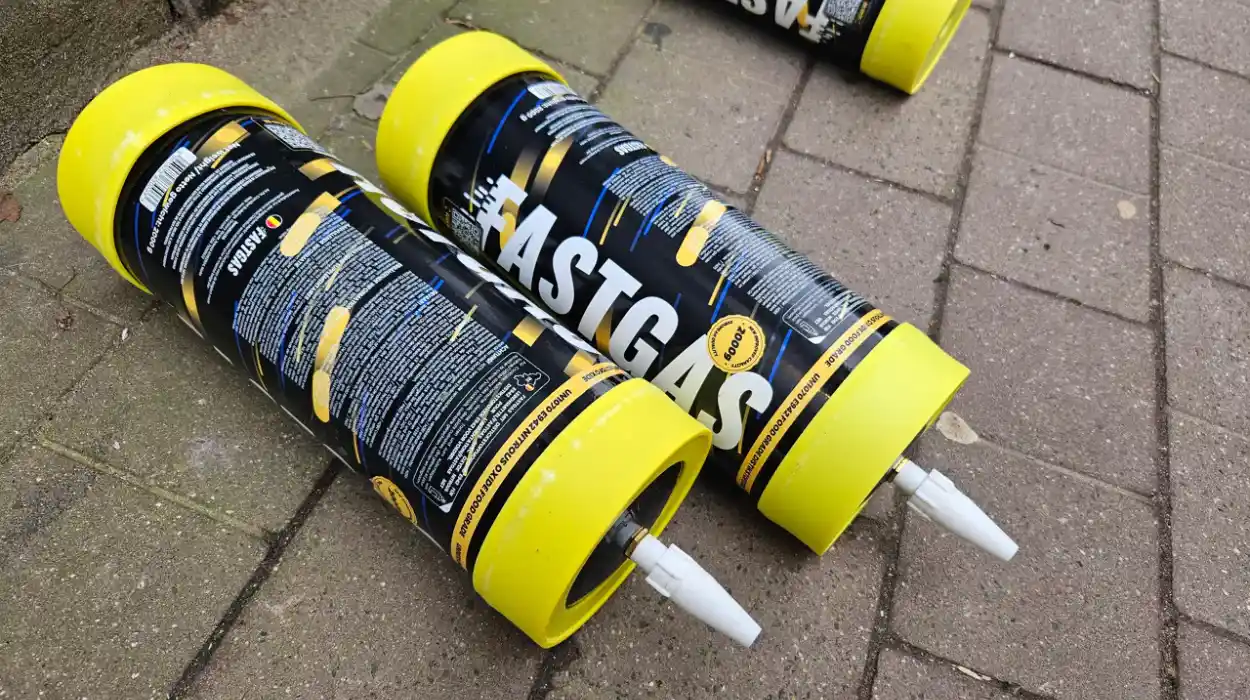Waves may sometimes ripple across the hydrocarbon lakes and seas of Titan, Saturn’s largest moon.
Cassini images captured in 2006 confirmed the presence of liquid bodies on Titan’s surface, but scientists haven’t known whether the moon’s jagged shorelines are shaped by erosion from waves, uniform erosion (such as through rainfall or the dissolution of materials on shore), or no erosion at all. A new study using computer models and a comparison to terrestrial lakes suggests that waves could be the most likely culprit.
“If waves on Titan behave as we expect them to, then Titan’s coastlines are most consistent with wave erosion,” said Rose Palermo, a research geologist at the U.S. Geological Survey and first author of the study. “I expected that there would be waves just by looking visually at some of these coastlines in detail, but quantifying that was our challenge.”
Titan is our solar system’s only planet or moon other than Earth with liquid bodies on its surface. Titan is much colder than Earth, however, so its lakes and seas are filled with ethane and methane, not water. Found primarily in Titan’s north polar regions, some of these liquid bodies are as big as Earth’s Great Lakes.
“Even though I proposed a ‘floating-solid’ idea, I’m not against the wave idea. I’m not ready to place a bet in Vegas just yet.”
The Cassini spacecraft used radar to peer through the orange “smog” that tops Titan’s cold, dense atmosphere. Radar revealed the liquid bodies, but evidence of waves was “ambiguous,” said Taylor Perron, an Earth, atmospheric, and planetary scientist at the Massachusetts Institute of Technology and a member of the study team. “Some studies made measurements that were consistent with very smooth surfaces [of the liquid], but others saw some hints of what might be rough surfaces,” he said.
However, “radar only tells us how rough the surface is, not what’s causing the roughness,” said Xinting Yu, a planetary scientist at the University of Texas at San Antonio who was not involved in the study. Earlier this year, Yu authored a paper suggesting that some rough lake features could be short-lived ice deposits. “Even though I proposed a ‘floating-solid’ idea, I’m not against the wave idea,” she said. “I’m not ready to place a bet in Vegas just yet.”
Taking a Different Tack
Whereas previous studies concentrated on the smoothness observations, this team zeroed in on Titan’s coastlines.
The team started by creating computer models of liquid bodies and simulating what would happen to their coastlines when they experienced wave erosion versus uniform erosion. The first models were of partially flooded lakes fed by river valleys—similar to those seen on Titan—which form initially jagged coastlines.
To simulate wave erosion, the team measured the “fetch” of the modeled liquid bodies—the distance over which wind blows unobstructed to generate waves—and used that to calculate wave height. A longer fetch over a large, open stretch of water means wind can produce larger waves with more erosion power. A shorter fetch, such as those in bays or other protected features, produces smaller waves. Waves therefore erode different parts of the coastline at different rates, with open areas of coastline experiencing greater erosion and more evening out over time and bays or other tucked-away areas maintaining more of their roughness.
Uniform erosion, on the other hand, would affect all parts of the coastline equally, causing the land to maintain its jagged appearance even along open areas.
To test the model, the research team first ran it on terrestrial bodies of water with known erosion mechanisms, such as Lake Rotoehu in New Zealand, to see whether the results matched reality. “Our model got it right,” Perron said.
“We can’t say with 100% certainty that we’ve detected waves on Titan. But we can say that if there’s been coastal erosion on Titan, then waves are the most likely culprit.”
The team then modeled the types of erosion for four of Titan’s large basins, including Kraken Mare, the largest of all, with a surface area equal to Earth’s Caspian Sea. The model showed that wave erosion produced the closest match to the observed contours, Perron said. “We can’t say with 100% certainty that we’ve detected waves on Titan. But we can say that if there’s been coastal erosion on Titan, then waves are the most likely culprit.”
And though Cassini’s observations suggest that wave action is rare, there’s been plenty of time to erode coastlines to their present configurations. “Even if you have only occasional waves, you should have enough windy days to shape those geomorphological features because these things operate over very long timescales,” Yu said.
Bobbing On a Cold Lake
Confirmation of possible waves on Titan isn’t likely to come soon. Dragonfly, a small helicopter scheduled to buzz across Titan’s surface beginning in 2034, won’t reach the polar regions. Another orbiter with radar offering higher resolution than Cassini’s might do the trick, but there are no plans for such a mission. Scientists have even proposed a small boat or submarine to ply Titanian seas, but the proposals have sunk out of sight.

“You may have calm days with no wind at all. But you might have windy days, especially when you have a storm passing over. You might see waves crashing on shore, just as you do on Earth.”
In the meantime, Perron and other collaborators are continuing their modeling to learn more about the possible waves, such as their height, their length, how often they muss Titan’s lakes and seas, and how they’re affected by Titan’s changing seasons.
“We’d like to know what you’d see if you were sitting in a boat on Titan,” Perron said. “My expectation is that there is a range of conditions. You may have calm days with no wind at all. But you might have windy days, especially when you have a storm passing over. You might see waves crashing on shore, just as you do on Earth.”
—Damond Benningfield, Science Writer













/https://tf-cmsv2-smithsonianmag-media.s3.amazonaws.com/filer_public/34/31/3431771d-41e2-4f97-aed2-c5f1df5295da/gettyimages-1441066266_web.jpg)






Discussion about this post